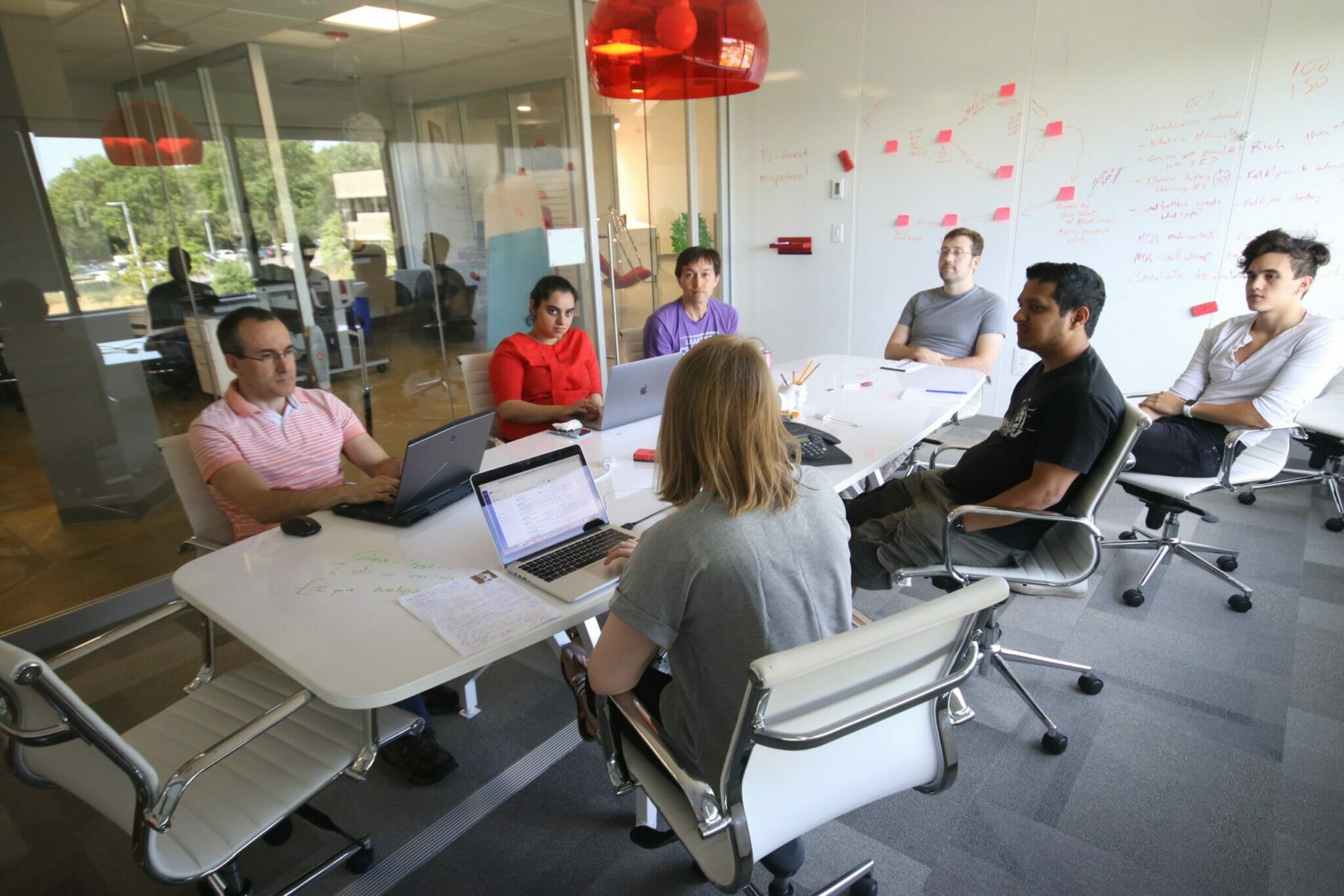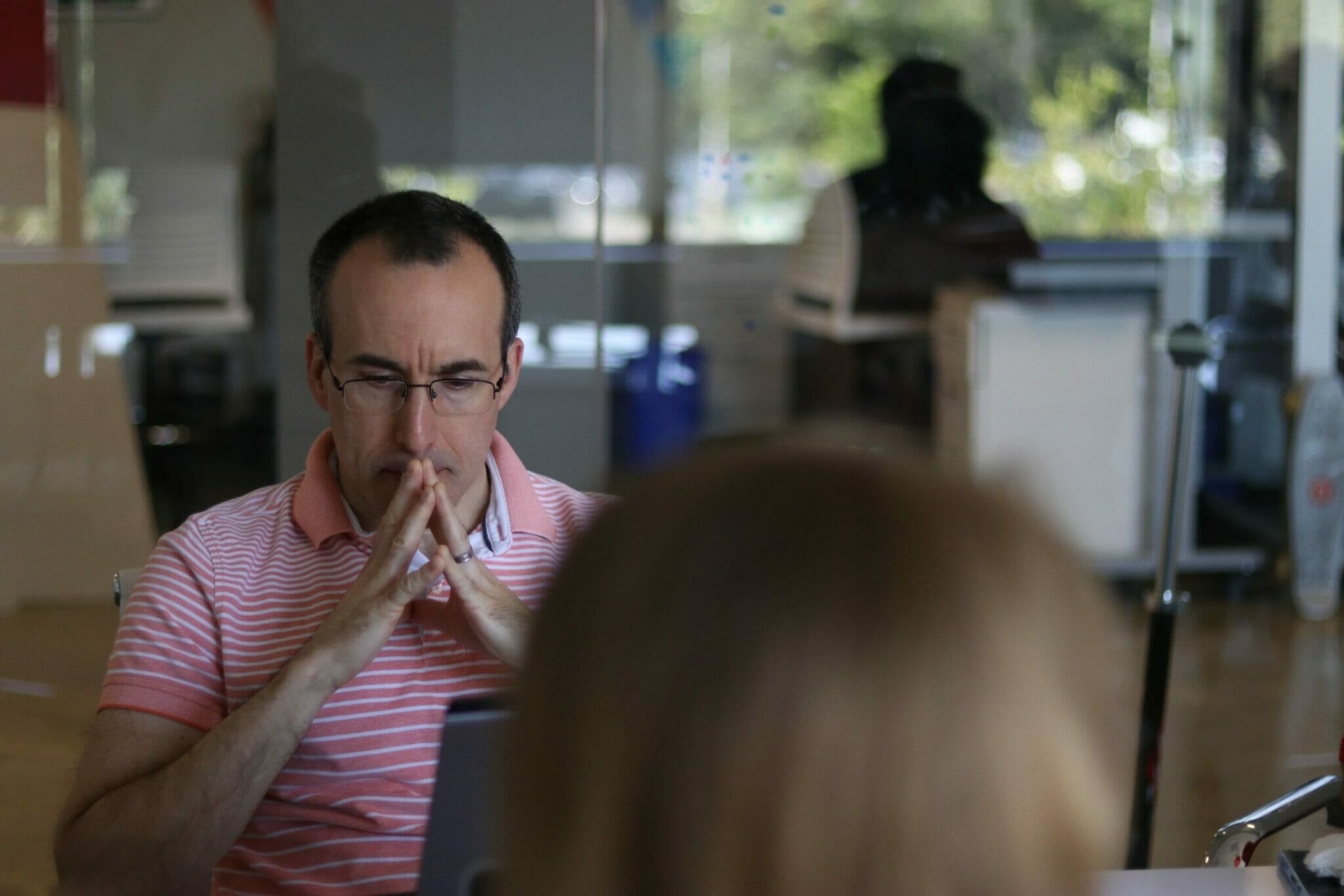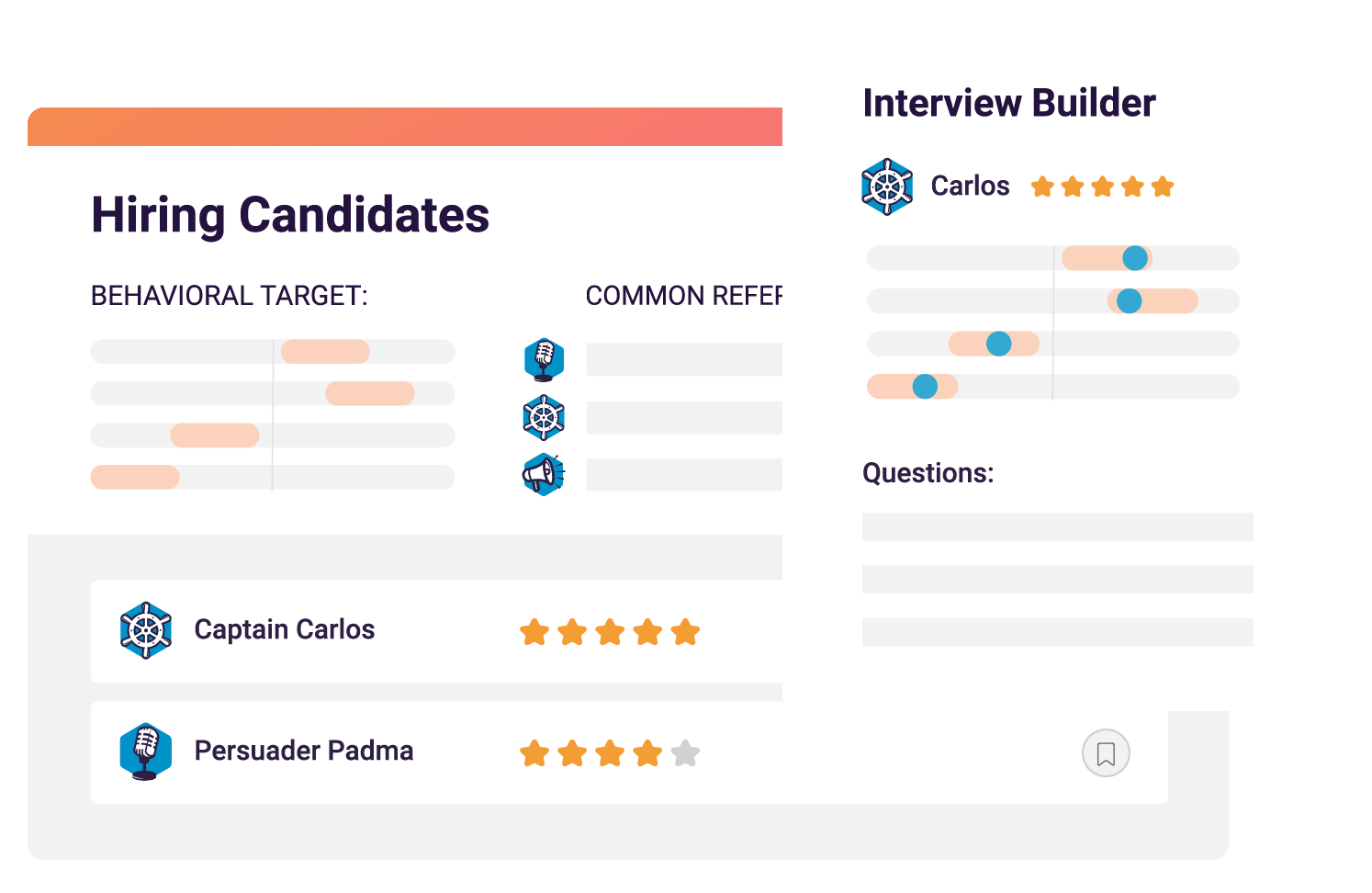Are you overwhelmed with the number of job openings in your organization? Do you feel like you need to fill all the jobs, right now?
If that’s the case, first, take a step back and breathe. Given the way 2020 has gone, being in a position to add to your headcount for 2021 (and beyond) is a good problem to have.
Still, it can feel like there’s a lot of pressure to nail these hires. That’s especially true if yours is a smaller organization carefully navigating its growth. Fortunately, there are things within your control to make the process easier.
Think about hiring in three basic terms. Consider how you will best:
- Prioritize.
- Communicate.
- Prepare.
In doing so, you can begin to make a potentially overwhelming process a little less daunting. Let’s walk through what each of those terms might mean as you approach recruiting.

1. Prioritize.
Whether you’re feeling under pressure or not, you may not be able to give equal attention to all open job requests. And that’s OK, because not all job openings are created equal.
Here are some ways to prioritize:
Take inventory of your process.
You can’t make headway with hiring if you don’t know where you’re headed.
Start by putting together a list of all your open jobs. Note the recruiting stage for each role, and provide your best estimate for how much work it’ll take to fill each position. Don’t ignore your “easy wins.” If you have open roles for which recruitment is slow, and others where your candidate pipeline is moving faster, it might make sense to prioritize the latter.
Know your biggest obstacles.
Setbacks happen when hiring; they just do. Better, then, to anticipate those roadblocks than close your eyes and hope you don’t hit them.
Take time to identify the biggest challenges related to closing your jobs. These challenges may include:
- Quality of your candidate pipeline
- Ongoing market conditions
- Scarcity of candidates
- Uniqueness of a required skill set
- Candidate churn during the recruitment process
The sooner you identify the impediments to a successful hire, the faster you can adapt your process and push ahead.
Think back to the business.
Whenever you’re in doubt about how to prioritize a given hire, keep in mind your organization and its goals.
Consider the immediate (and longer term) needs of the business. You can do so by asking yourself:
- Does the job have a high impact on our products, services, or projects?
- Is this a core job (i.e., is it critical to our mission)?
- Am I hiring a key manager for the business?
- How much strain does the open job put on the remainder of the team or department?
- Is there a cost of vacancy (i.e., is it a revenue generating position)?
- Is it a job that you always seem to be hiring for?
By keeping your hiring in lock step with the business and its goals, you give yourself a critical north star to guide you from start to finish.
Set a Job Target.
Are you backfilling a job? If so, it may be time to reevaluate your Job Target and job description.
Keep in mind the following questions:
- Can the job serve as an internal promotion for an existing employee?
- Can the job responsibilities be distributed among the team?
- Does the exact job need to be filled, or will it develop into a new job?
Focus on the jobs with the biggest business need or those that are the trickiest to fill. If it’s tricky to fill the job, determine if there are other alternatives you could take, such as using a third party to help source candidates.
Remember: Jobs with the highest need often have the highest risk. A bad hire for the job could be disastrous, so make sure you’re using a Job Target to align on expectations from the start.
2. Communicate.
One of the most important parts of the recruitment process is communication. Once a hiring manager identifies a job and opens it with HR, it can feel like a black hole of the unknown for the hiring manager.
Let managers know that progress is being made in the search, even if they aren’t getting to interview anyone. Sometimes finding the right person can take time, but it’s better to be patient than to hire a bad fit.
The manager can also help move the process along by sourcing candidates, considering an internal candidate to trial the job, or deciding if the job can be covered by short-term or contract help if it’s an urgent need.
If finding the right candidates becomes too difficult, consider re-approaching the recruitment and hiring strategy or the Job Target.

3. Prepare.
OK. So you’ve hopefully been able to fill a bunch of open jobs, and you may be at a point where you have some breathing room. Now’s the time to start thinking proactively to get ahead of the need:
- Determine which area of the organization has the highest potential for future growth.
- Identify which departments are at risk of turnover.
- Set up regular connects with managers to get their take on potential openings.
- Tap into succession planning conversations to understand potential movement.
- Identify which departments have natural or promising internal candidates who could be promoted.
- Keep a silver medalist list of people you interviewed. These candidates may not fit the job they originally applied for, but fit the company culture and might be a good match for a future job.
It’s crucial to have the right employees in the right jobs. You can hire the right employees a lot faster when you start with knowing what is “right” for the job and your company. Prioritize your open jobs and get to work on setting the right Job Targets, so you can start finding your next successful employee.
Want to learn more about building great teams that last? Start here.








